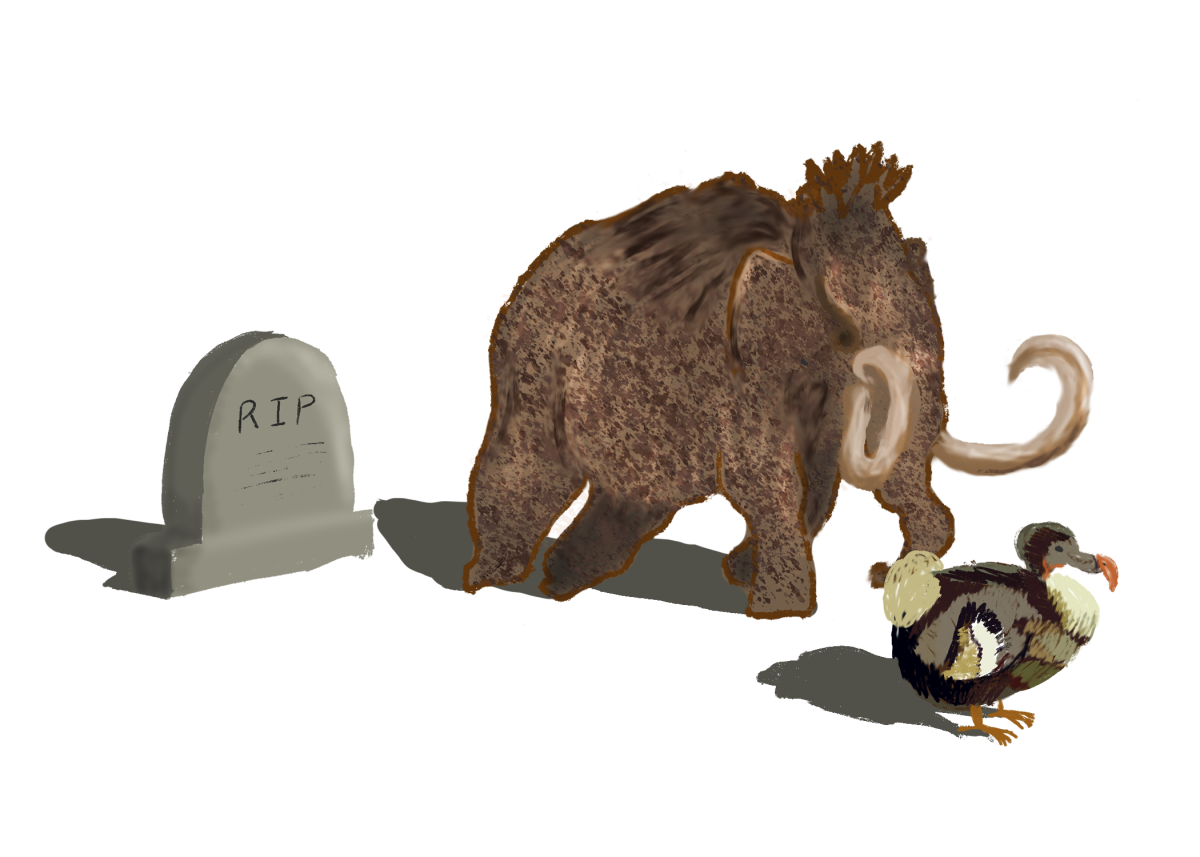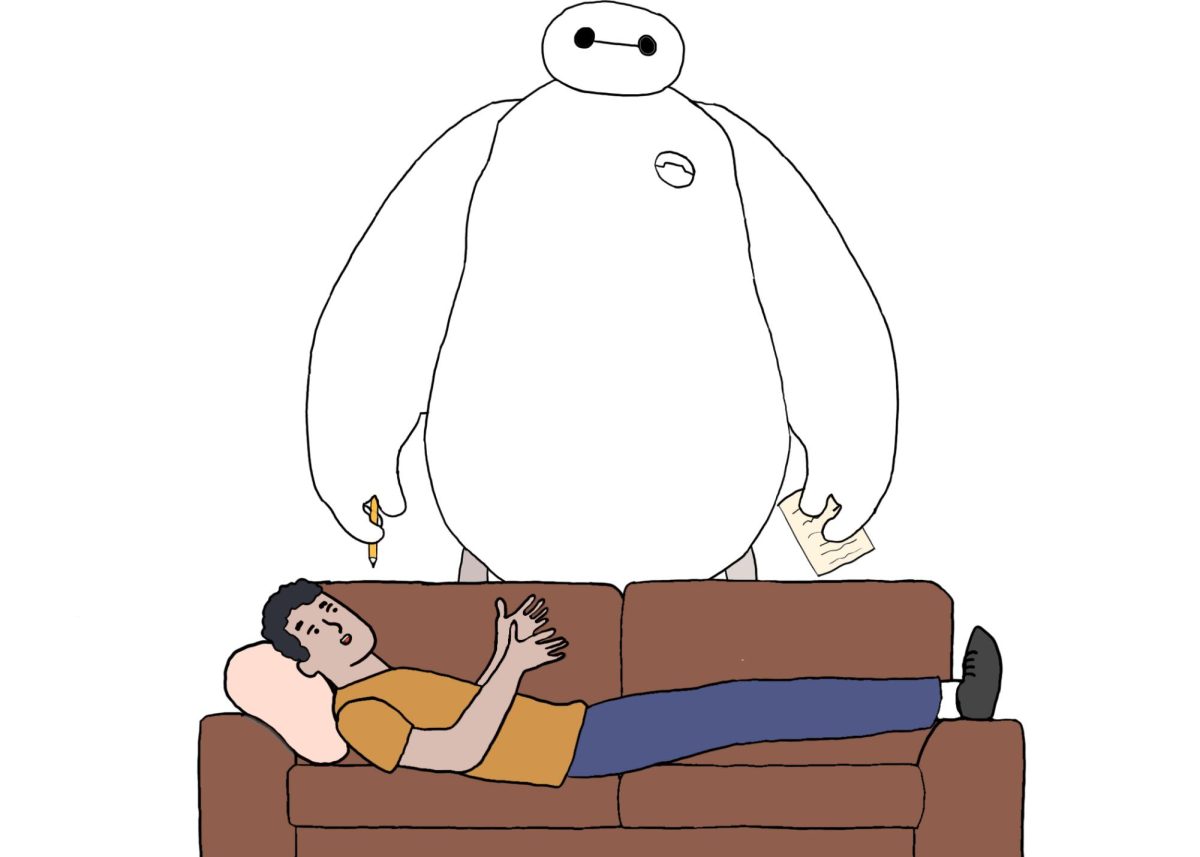The woolly mammoth and dodo bird went extinct centuries ago; however, a team of researchers and scientists at the biotech company Colossal are working to bring them both back to life—perhaps sooner than we might think.
Colossal aims to resurrect ancient creatures for the purposes of scientific innovation and restoring natural ecosystems. Colossal’s founders argue that reintroducing the mammoth back into Siberia, for example, would help regenerate the environment and slow climate change. In the past, mammoths’ grazing on plants and shifting of permafrost had a large impact on the climate. Bringing dodo birds back to life would also be a feat of its own: dodo birds are a major symbol of humanity’s recklessness when it comes to the environment, and have since become one of the most iconic extinct creatures of all time.
The technological challenge is daunting, to say the least. Though researchers have successfully sequenced a complete genome for both the dodo and mammoth (as well as a third famous extinct animal, the Tasmanian tiger), there are still more hurdles to overcome.
Researchers use a gene editing method known as CRISPR-Cas9 to edit and splice genes. This technology could, hypothetically, be used to modify an existing embryo of a related species, which would then come to term within a surrogate. The surrogate, probably an elephant in the case of a mammoth or a pigeon for a dodo, would then theoretically grow to adulthood. This process would likely be easier with a dodo, which can form inside of an egg.
However, though the technology is achievable in theory, it isn’t yet ready. For an in vitro embryo, Colossal plans to create multiple systems, including a pseudo-umbilical cord and nutrient and waste systems. None of these measures are currently in place, and Colossal’s promise to produce a viable embryo by 2027 seems far-fetched at best, even given the $15 million grant the company has secured.
The issues don’t stop there. Assuming it is possible to successfully birth a mammoth or dodo, a fact that is still debated, the researchers need to consider the animal’s adolescent stage. All animals function off of a combination of instinct and upbringing, with social animals learning more from a group. Not only would these animals not have a herd to raise them and teach them the ways of life (particularly for mammoths, which were presumably social like elephants), they would also not have a perfect genetic sequence. However much DNA they share with modern animals, thousands of years of mutations would still separate them from the original. The new creatures wouldn’t be new or old animals: they would be hybrids of both, an altered modern animal that is as close to its forebears as we can get.
Ethical concerns have been raised as well. It is impossible to determine how exactly the environment would react to the reintroduction of either creature. In centuries since, the environments have presumably recovered from the extinctions, at least imperfectly. A new variable could upset that. In addition, many scorn the project as having the wrong priority: why focus on these long-dead creatures when the same tech could be used to bolster the populations of existing endangered animals? Preventing their extinction is just as important as reversing another.
Overall, the Colossal project is a fascinating example of human ingenuity, and an opportunity for us to reflect on what we’ve done and what we can change.







































































